2-Day Neuro-Based Self-Regulation Toolbox For Children and Adolescents – Gwen Wild
Original price was: $439.90.$132.00Current price is: $132.00.
2-Day Neuro-Based Self-Regulation Toolbox For Children and Adolescents – Gwen Wild Download. Watch Gwen Wild, MOT, OTR/L, renowned self-regulation expert i…
Salepage link: At HERE. Archive:
Watch Gwen Wild, MOT, OTR/L, renowned self-regulation expert in this intensive 2-day recording to learn clinically proven neurological approaches to address self-regulation in children and adolescents with Autism Spectrum Disorder (ASD), Sensory Processing Disorder (SPD), ADHD, ODD, OCD, anxiety, trauma, chronic stress, fetal drug exposure, and physical disabilities.
Knowing the underlying brain connections will help you better select and develop appropriate interventions for challenging behaviors, such as hyper-activity, aggression, frequent meltdowns, outbursts, extreme sensory sensitivities, self-stimulation, inattentiveness and more.
Watch this recording and become a leader in your field and elevate your work with children and adolescents with over 100 brain-based strategies to implement in your clinic or classroom immediately!
You will leave the course being able to:
- Identify signs and symptoms of neurological differences such as neurotransmitter imbalance, hyperactivity in the insular cortex and amygdala, impaired sensory processing, and poor communication between different regions of the brain
- Form newer and stronger neural connections in key brain areas to enhance social communication, learning, sensory processing, and response to trauma or stress
- Immediately alter neurotransmitter levels to enhance focus, improve mood, and regulate emotions
- Change brain waves to facilitate a calm and organized state
- Facilitate development in certain brain structures responsible for processing sensory input, enhancing emotional awareness and regulation, and decreasing anxiety
- Simplify home programs to empower parents and teachers to ensure carry-over into the home and school settings
- Apply the science behind meditation, mindfulness, Ayres Sensory Integration™, therapeutic listening programs, and “brain breaks”
By using a bottom-up approach you can strategically select intervention strategies that strengthen the neurological foundation needed for higher skills to emerge in the children and adolescents you work with!
BONUS MATERIAL! Purchase and receive FREE …
- Readily available resources including screening and assessment tools, brain-based strategies, relevant research, and helpful forms; and
- Membership to BrainWorks Online to simplify the process of creating home programs!
- Identify the major neurological differences associated with common diagnoses to inform choice of treatment interventions.
- Articulate the primary roles of at least five major neurotransmitters and their clinical implications.
- Select therapeutic strategies based on the desired neurological changes needed as indicated by behaviors and emotional affect to improve child’s level of functioning.
- Differentiate assessment tools available to determine neurological functioning in children to improve treatment outcomes.
- Analyze the efficacy of current brain-based intervention strategies available for use in the school and home environments.
- Summarize the scientific research related to available programs and strategies to enhance academic learning, sensory processing, emotional regulation, social-communication, and response to trauma and stress.
- Implement an effective sensory program based on assessment results to immediately impact sensory processing and behavior.
- Develop appropriate programs for use in homes and schools to ensure carry-over of recommended intervention techniques to improve child’s level of functioning.
- Use mindfulness, yoga, meditation, proprioceptive and vestibular input, sensory rooms, exercise, music, and nutrients to impact neurological change.
- Select cognitive-behavioral therapy techniques based on desired neurological changes needed to improve treatment outcomes.
- Determine activity and environmental adaptations and modifications to impact the central nervous system.
Neurological Development
- Latest research on neurological differences associated with:
- Motor skills, sensory processing, language development, self-regulation and learning
- Hindrances to typical brain development
- Structural brain differences and neurochemistry in common diagnoses and symptoms
- A bottoms-up model for brain-based intervention
- Video labs and hands-on brain models
Assessment of Neurological Functioning
- SPD vs ADHD
- Sensory vs behavior
- Behavior disorders
- Standardized assessment tools
- Behavior analysis
- Easily accessible checklists and questionnaires
Build a Strong Neurological Foundation
- Sensory-motor activities to build strong neural connections between key brain regions
- Strengthen the insular cortex to improve emotional awareness
- Strategies to stimulate the vagal nerve to power up the parasympathetic nervous system
- Integrate primitive reflexes to enhance posture, motor control, and emotional responses
- Case Study: 16-year-old boy with HFA, SPD and EF challenges
- Lab: 1) Acupoint tapping; 2) Vagal stimulation activity
Using Neuroplasticity to Repair/Rebuild Affected Brain Structures
- Restore balance between the frontal cortex and the amygdala to decrease sensory sensitivities, anxiety and aggression
- Auditory stimulation to facilitate a calm and focused state
- Yoga and mindfulness strategies to reduce an overactive fight-or-flight response
- Proprioceptive, vestibular and tactile input to regulate emotional responses, reduce self-stimming, self-injury and anxiety
- Lab: 1) Joint compressions 2) Rhythmic movements
Neurochemistry’s Impact on Behavior, Emotions, Motor Skills and Learning
- Primary role of major neurotransmitters
- Signs and symptoms of neurotransmitter imbalance
- Correlation between neurotransmitters, sensory processing and emotions
- Evidence-based strategies for neurotransmitter deficits/excesses
- Case Study: 12-year-old girl, trauma history, extreme tactile sensitivities, atypical social behaviors
- Lab: Change your own neurochemistry now!
Targeting Higher Level Brain Centers
- CBT to identify triggers and manage emotions
- Behavior mapping to improve self-awareness
- Social stories and video modeling to target mirror neurons and teach appropriate responses
- Programs to improve social skills and manage physiological response to conflict and stress
- Token economy to address self-regulation
- Case Study: 6-year-old boy, off-task and fidgety behaviors
- Lab: 1) binaural beats to impact brain waves 2) Mindfulness activity to balance neurotransmitters
The Role of Medication
- Perspectives on medication
- Commonly prescribed medications for childhood diagnoses
- Supplements to consider
- Case Study: 11-year-old boy, difficulty with attention, differentiating symptoms of ADHD vs. SPD
Brain Health
- Nutrients for neurotransmitter production
- Sleep hygiene
- Nature
- Physical Health
- Use of electronics and video games
- Case Study: 21-year-old with autism, severe sleep disorder, obesity
Clinical Considerations
- Goal-writing
- Data-tracking
- Limitations of research and potential risks
Here's an overview of the prominent keywords and a list of famous authors:
Business and Sales: Explore business strategies, sales skills, entrepreneurship, and brand-building from authors like Joe Wicks, Jillian Michaels, and Tony Horton.
Sports and Fitness: Enhance athleticism, improve health and fitness with guidance from experts like Shaun T, Kayla Itsines, and Yoga with Adriene.
Personal Development: Develop communication skills, time management, creative thinking, and enhance self-awareness from authors like Gretchen Rubin, Simon Sinek, and Marie Kondo.
Technology and Coding: Learn about artificial intelligence, data analytics, programming, and blockchain technology from thought leaders like Neil deGrasse Tyson, Amy Cuddy, and Malcolm Gladwell.
Lifestyle and Wellness: Discover courses on holistic health, yoga, and healthy living from authors like Elizabeth Gilbert, Bill Nye, and Tracy Anderson.
Art and Creativity: Explore the world of art, creativity, and painting with guidance from renowned artists like Bob Ross and others.
All the courses on WSOlib are led by top authors and experts in their respective fields. Rest assured that the knowledge and skills you acquire are reliable and highly applicable.
User Reviews
Only logged in customers who have purchased this product may leave a review.

Original price was: $439.90.$132.00Current price is: $132.00.

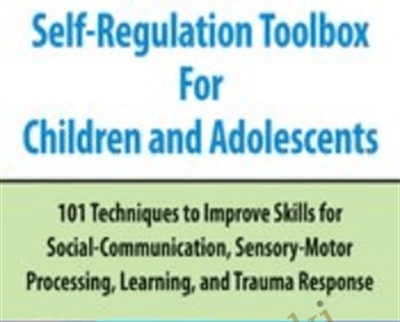





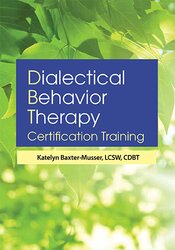
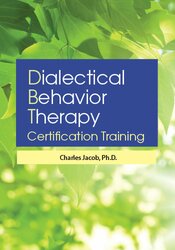
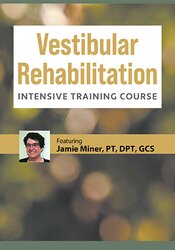
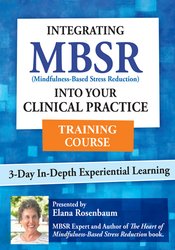
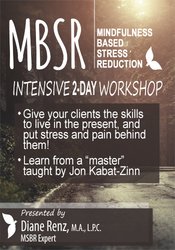
There are no reviews yet.